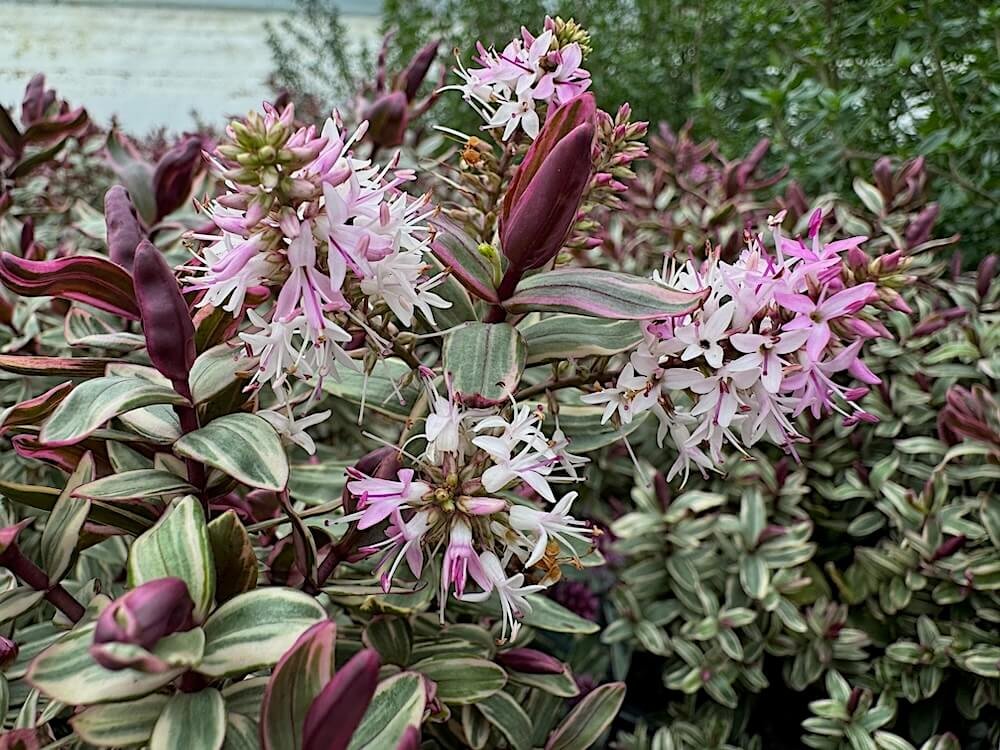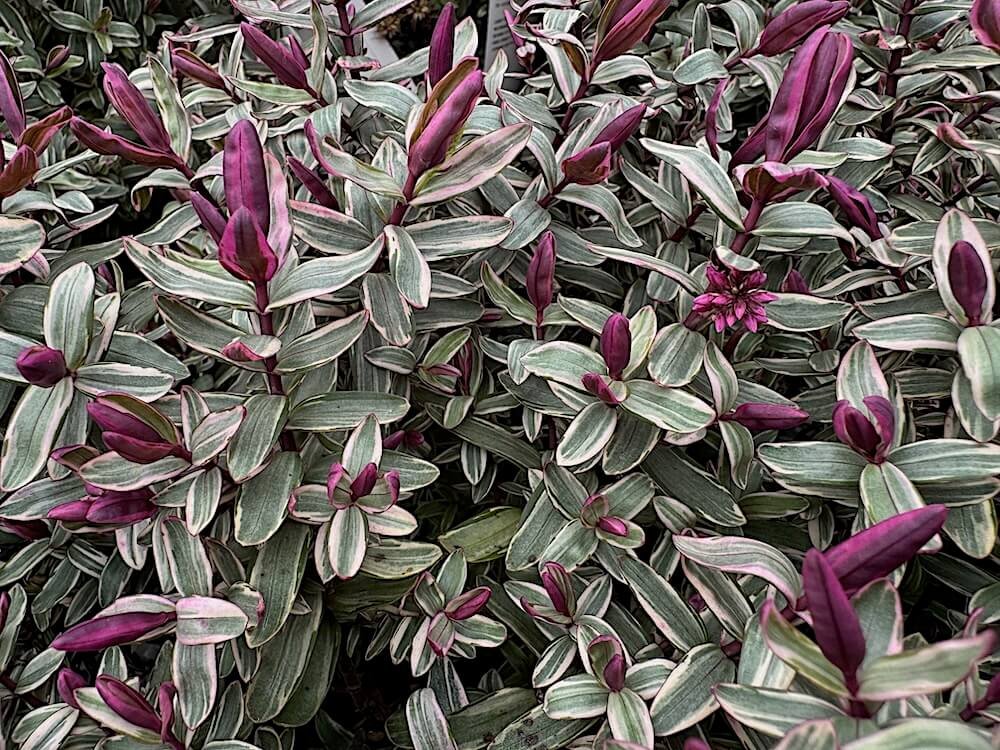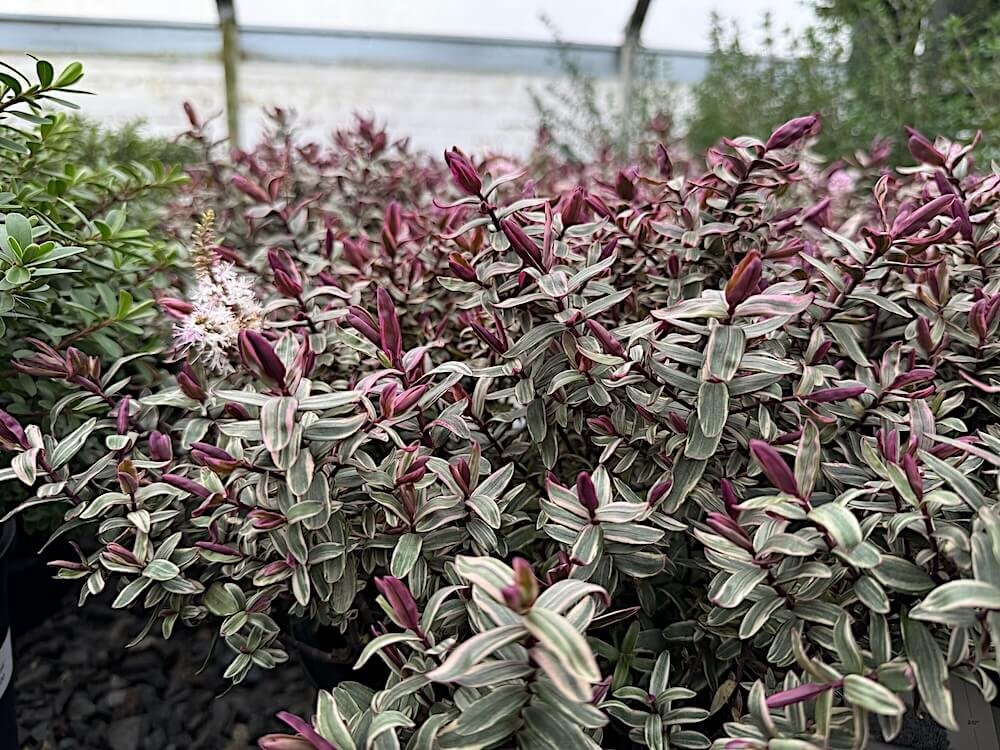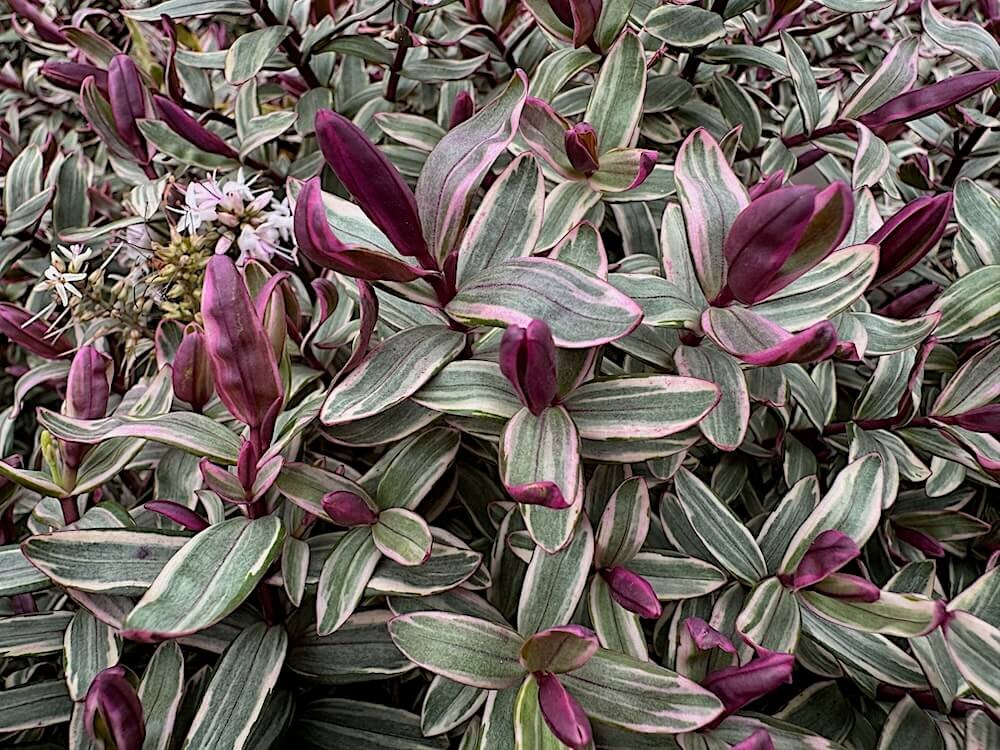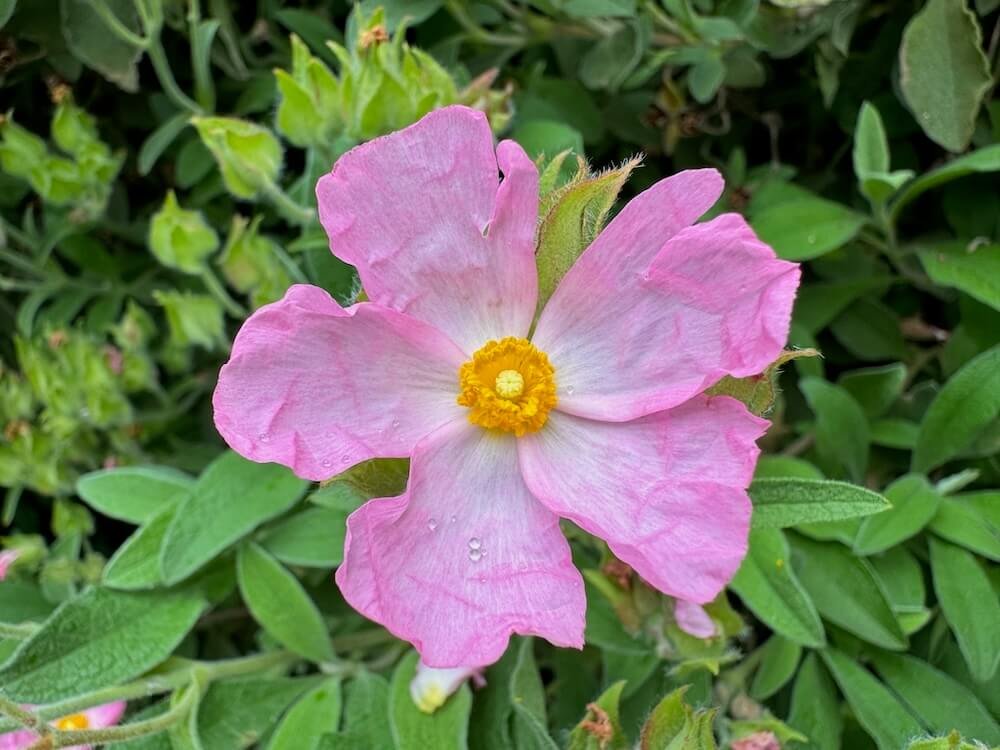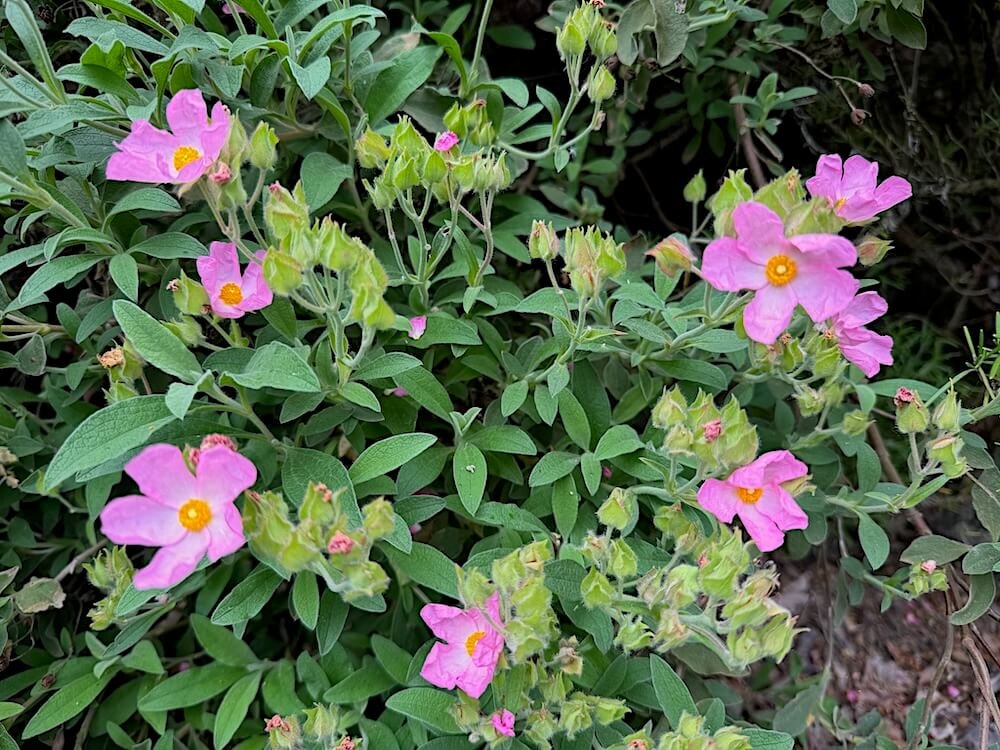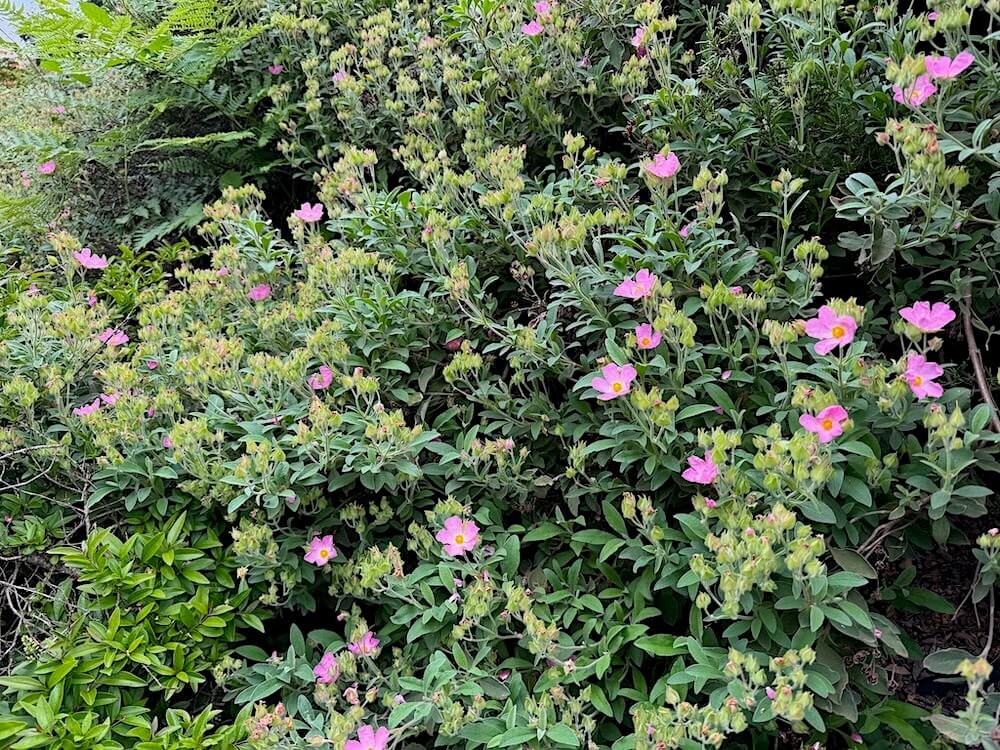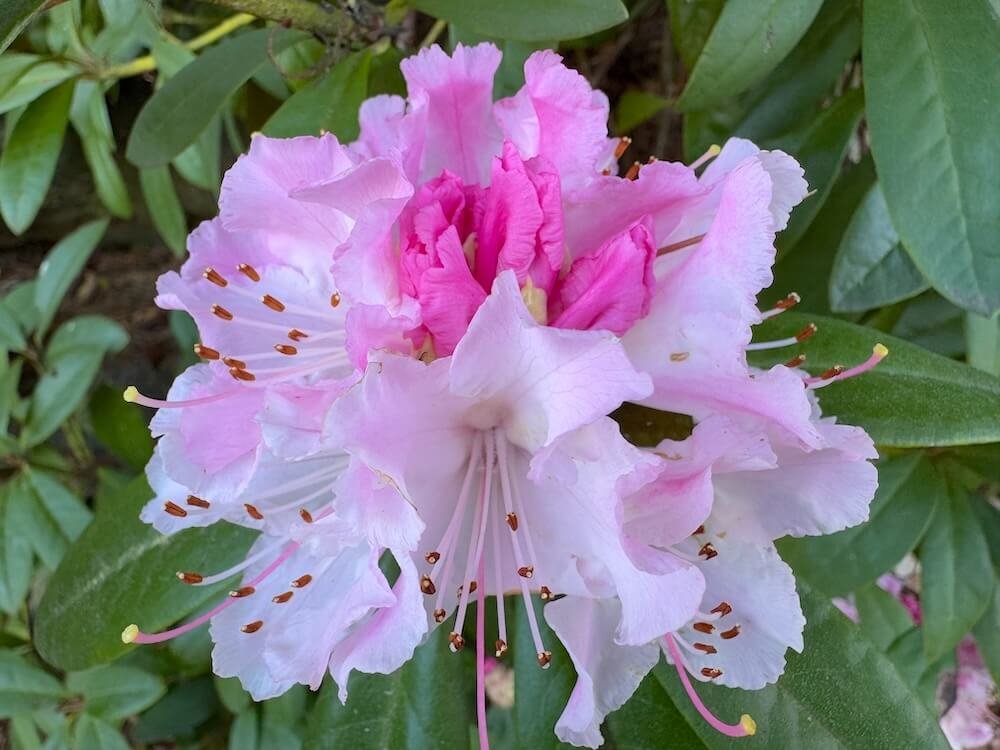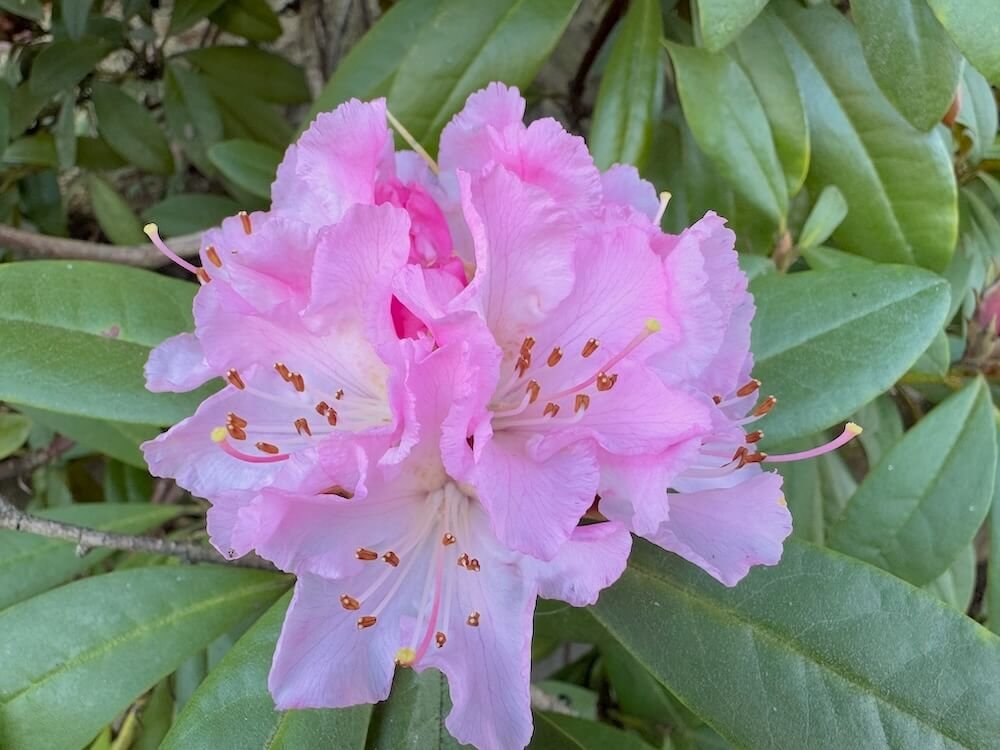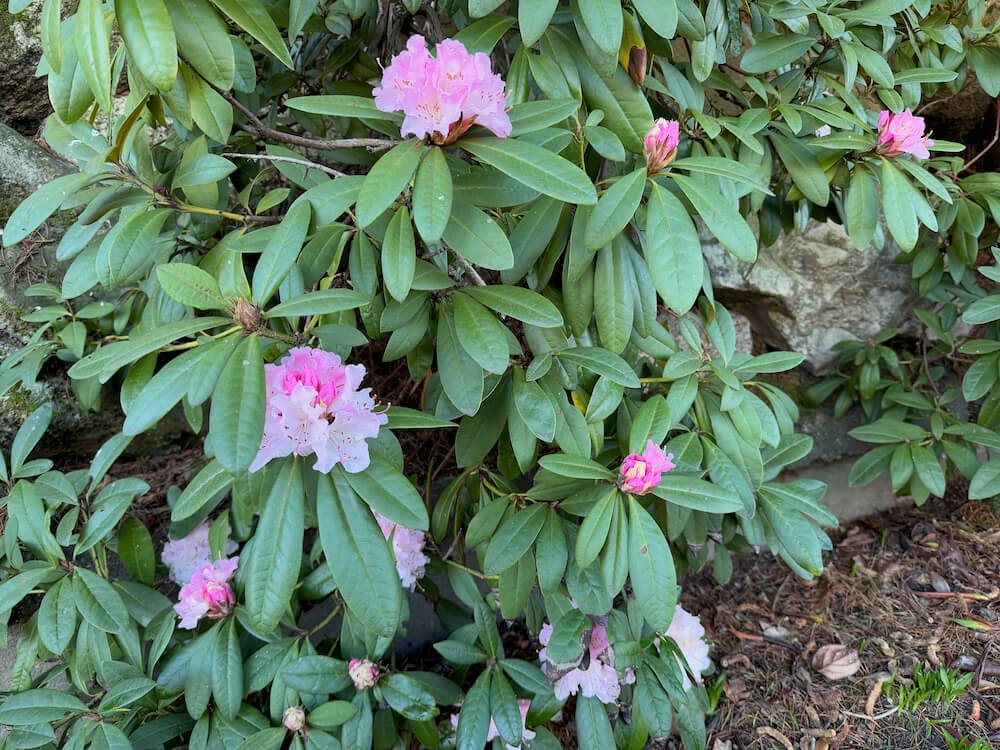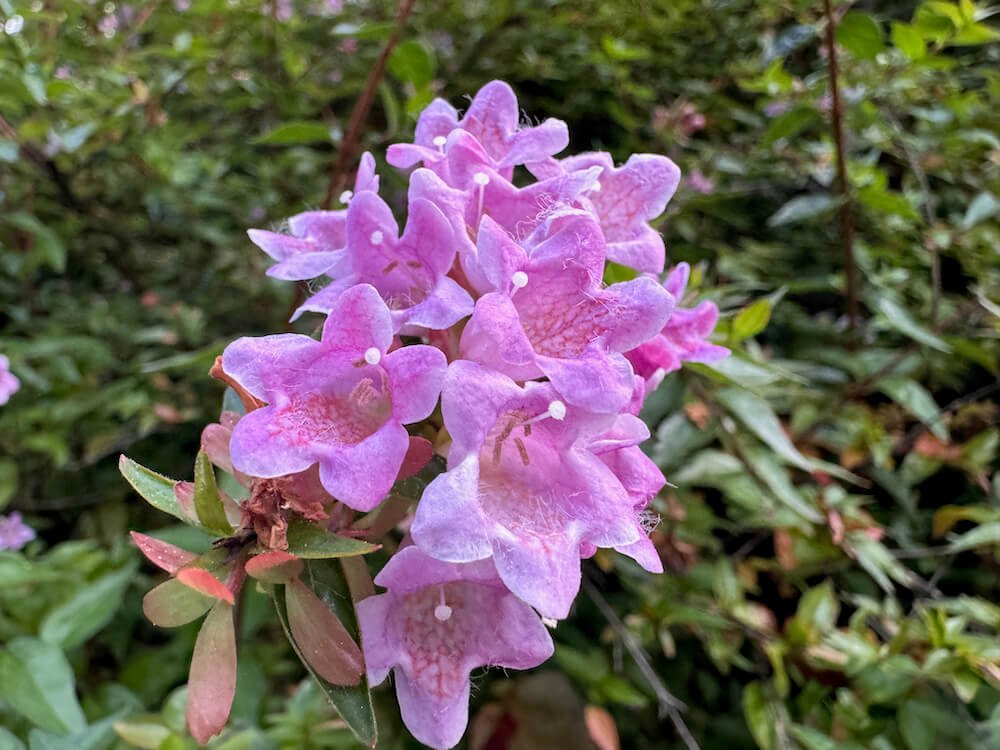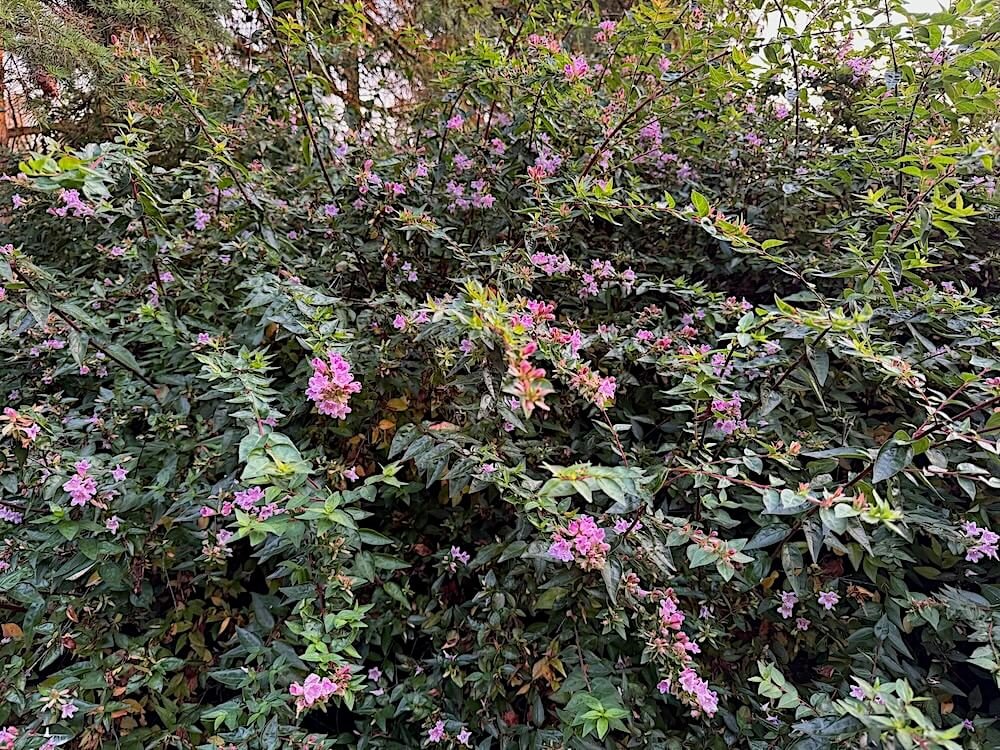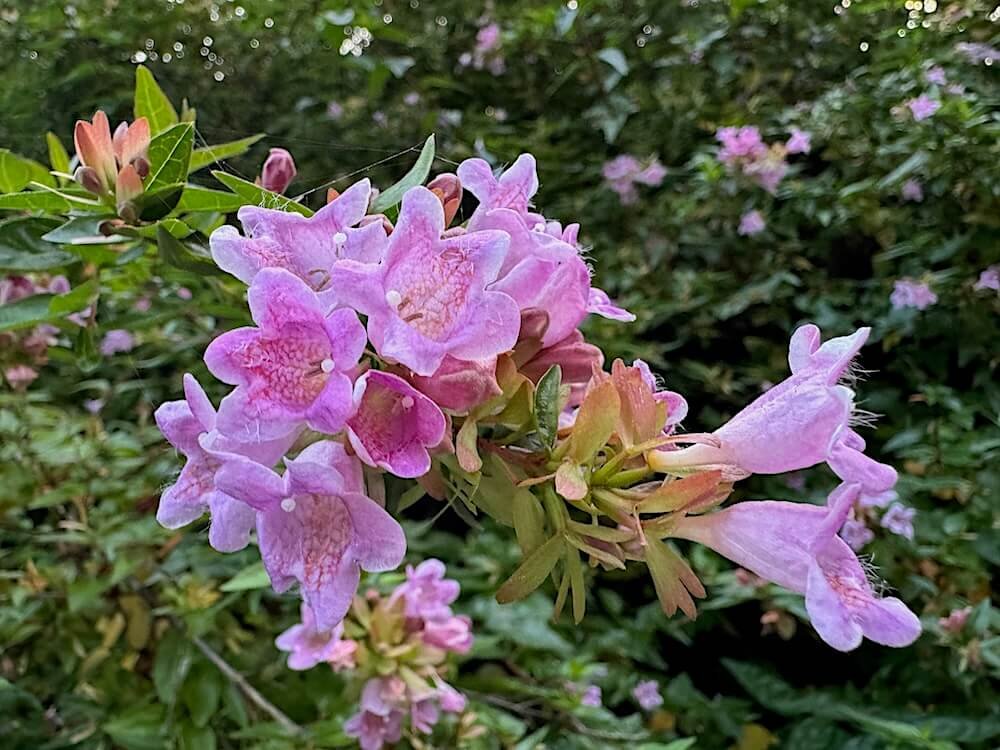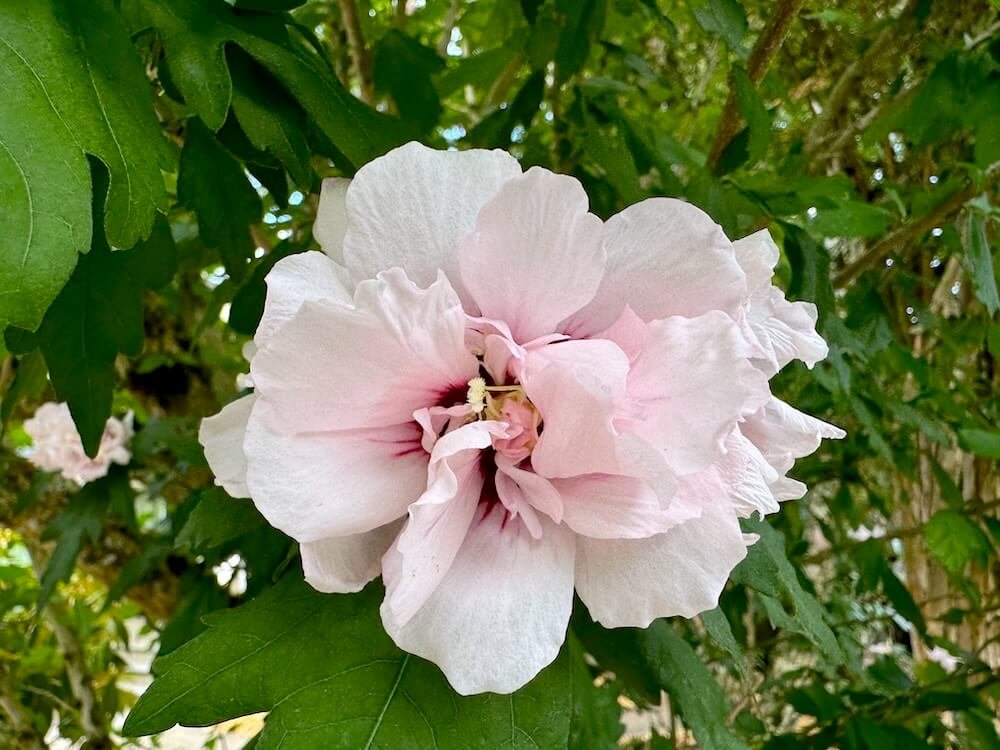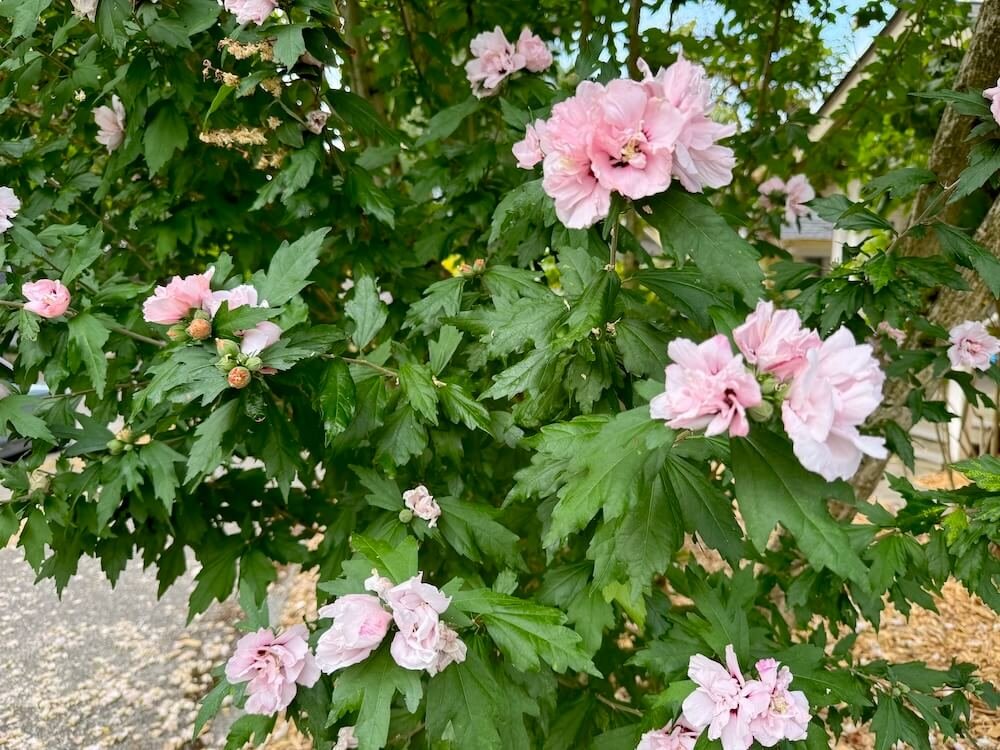 Image 1 of 4
Image 1 of 4

 Image 2 of 4
Image 2 of 4

 Image 3 of 4
Image 3 of 4

 Image 4 of 4
Image 4 of 4





Arctostaphylos manzanita | Manzanita
DESCRIPTION
Arctostaphylos manzanita, or simply Manzanita, is a native evergreen shrub found in the western United States, particularly in California and Oregon. It features smooth, reddish-brown bark that peels to reveal a polished surface, and small, dark green leaves often with a silvery sheen. Blooming with bell-shaped flowers in late winter to early spring, it attracts bees and hummingbirds. Manzanita thrives in poor soils and rocky terrain, making it ideal for arid climates. It holds cultural significance for indigenous peoples, providing food, medicine, and ceremonial uses. Today, it is cherished for its beauty, adaptability, and ecological benefits.
DESCRIPTION
Arctostaphylos manzanita, or simply Manzanita, is a native evergreen shrub found in the western United States, particularly in California and Oregon. It features smooth, reddish-brown bark that peels to reveal a polished surface, and small, dark green leaves often with a silvery sheen. Blooming with bell-shaped flowers in late winter to early spring, it attracts bees and hummingbirds. Manzanita thrives in poor soils and rocky terrain, making it ideal for arid climates. It holds cultural significance for indigenous peoples, providing food, medicine, and ceremonial uses. Today, it is cherished for its beauty, adaptability, and ecological benefits.
DESCRIPTION
Arctostaphylos manzanita, or simply Manzanita, is a native evergreen shrub found in the western United States, particularly in California and Oregon. It features smooth, reddish-brown bark that peels to reveal a polished surface, and small, dark green leaves often with a silvery sheen. Blooming with bell-shaped flowers in late winter to early spring, it attracts bees and hummingbirds. Manzanita thrives in poor soils and rocky terrain, making it ideal for arid climates. It holds cultural significance for indigenous peoples, providing food, medicine, and ceremonial uses. Today, it is cherished for its beauty, adaptability, and ecological benefits.
-
Family: Ericaceae
Height: 4 to 20 feet
Width: 5 to 15 feet
Foliage color: Dark green, often with a silvery sheen
Flower color: White to pink
Bloom time: Late winter to early spring
Light requirements: Full sun to partial shade
Water requirements: Low
Maintenance: Low maintenance
Growing zone: 7 to 10
Wildlife attractors: Attracts bees and hummingbirds; provides habitat and food for birds and small mammals

